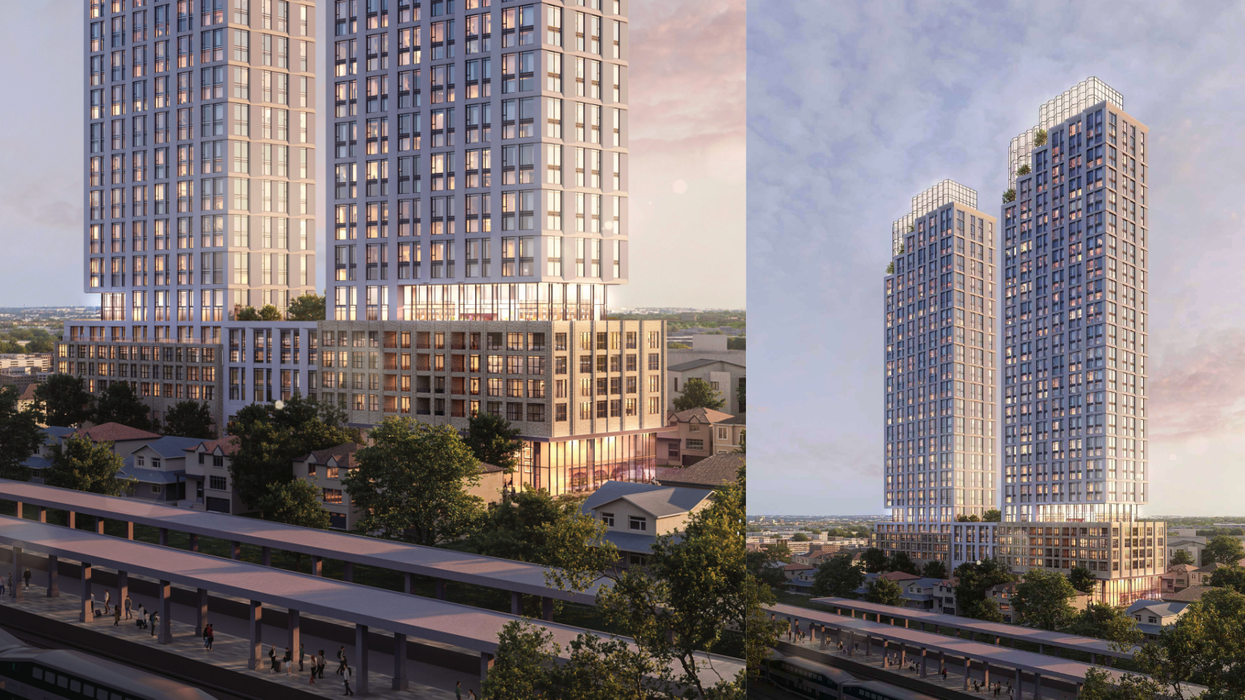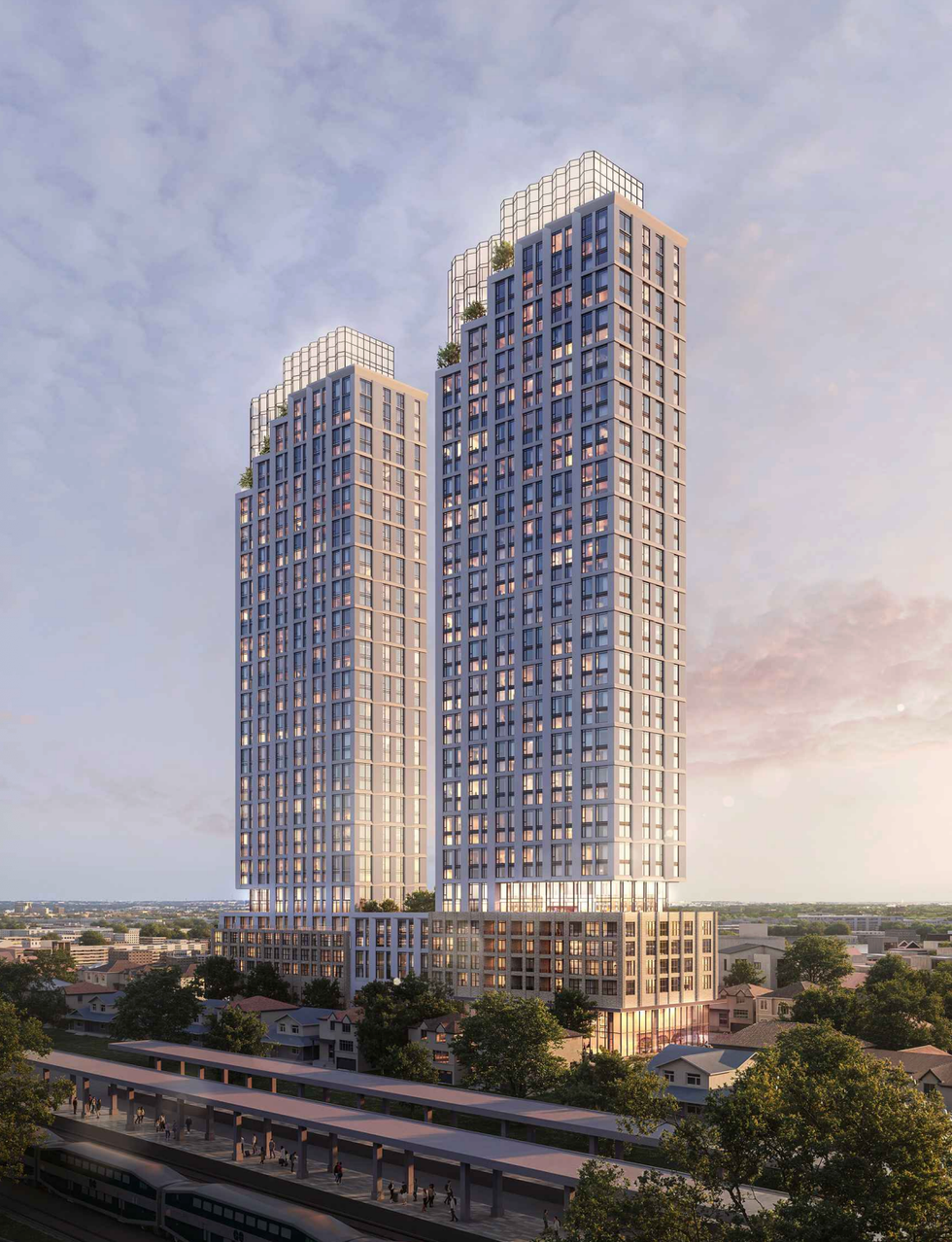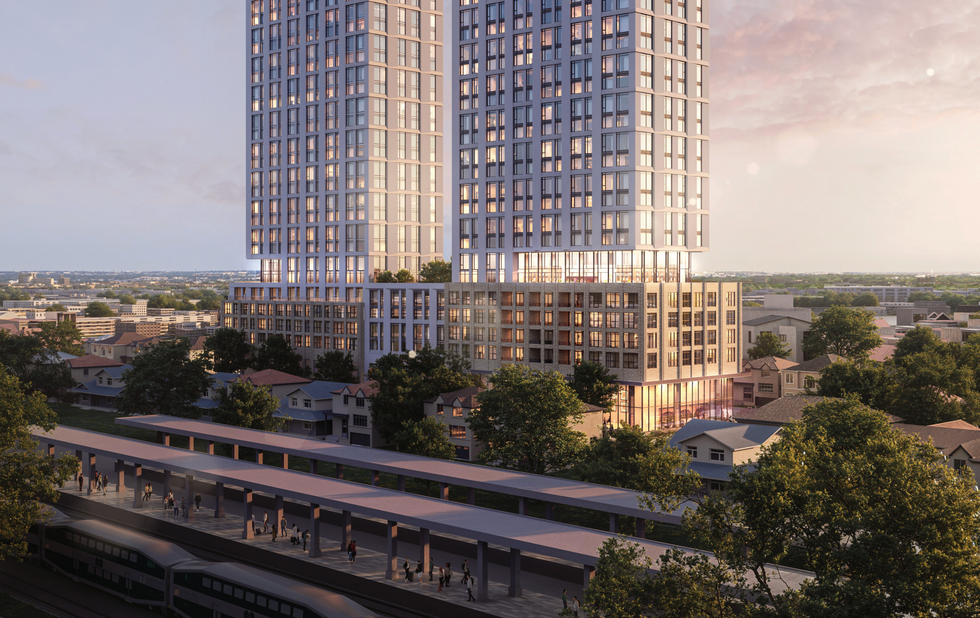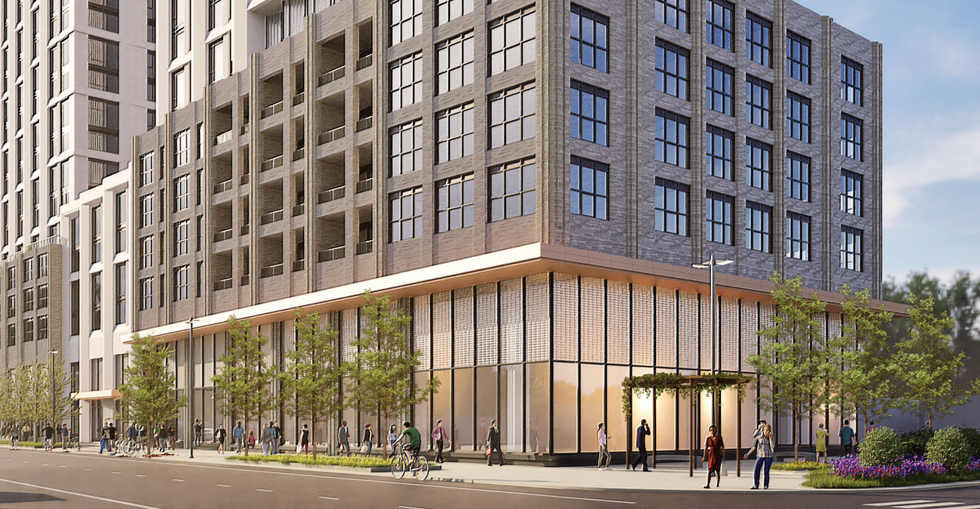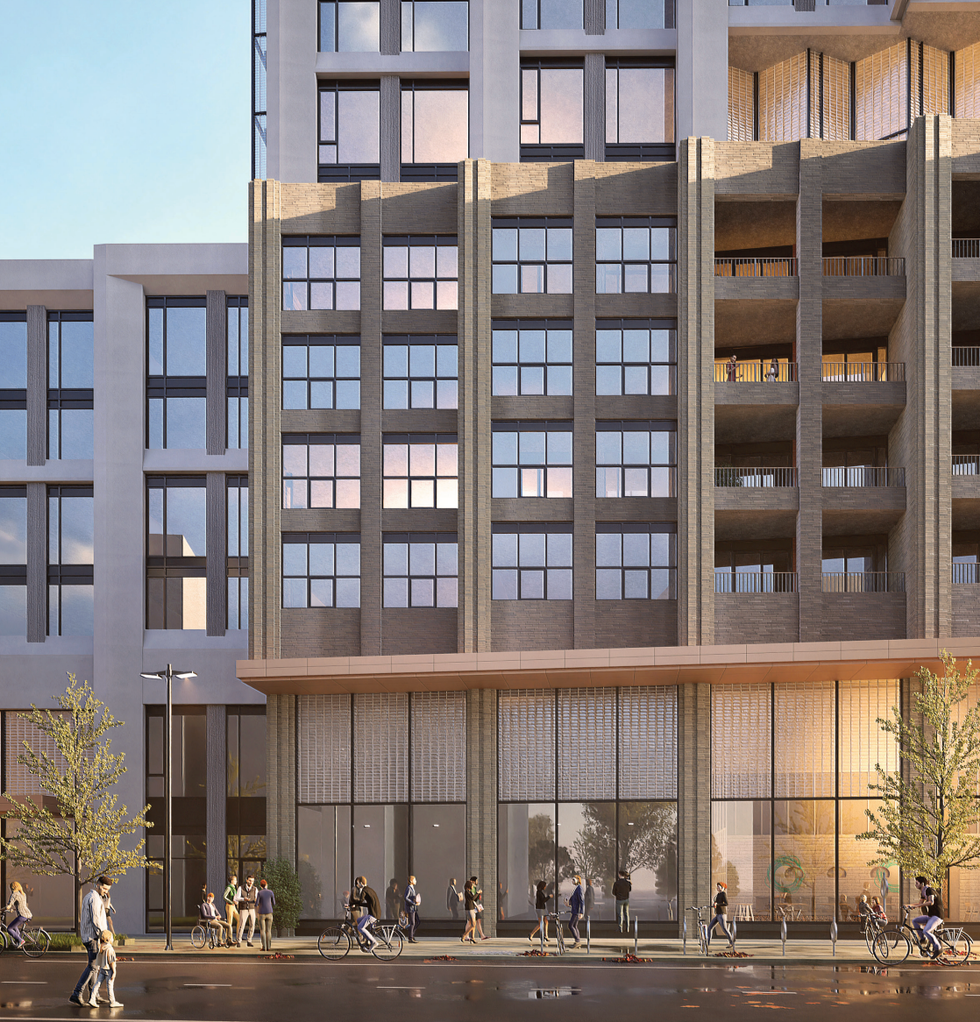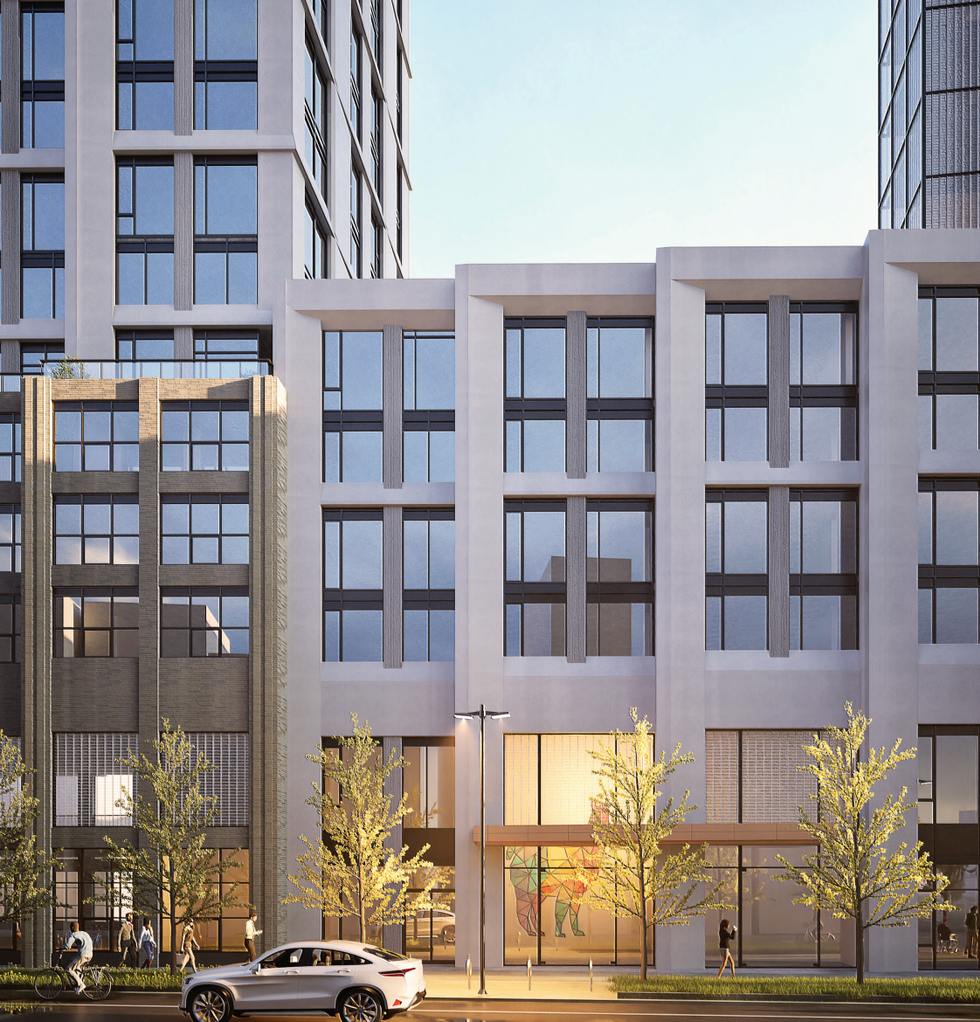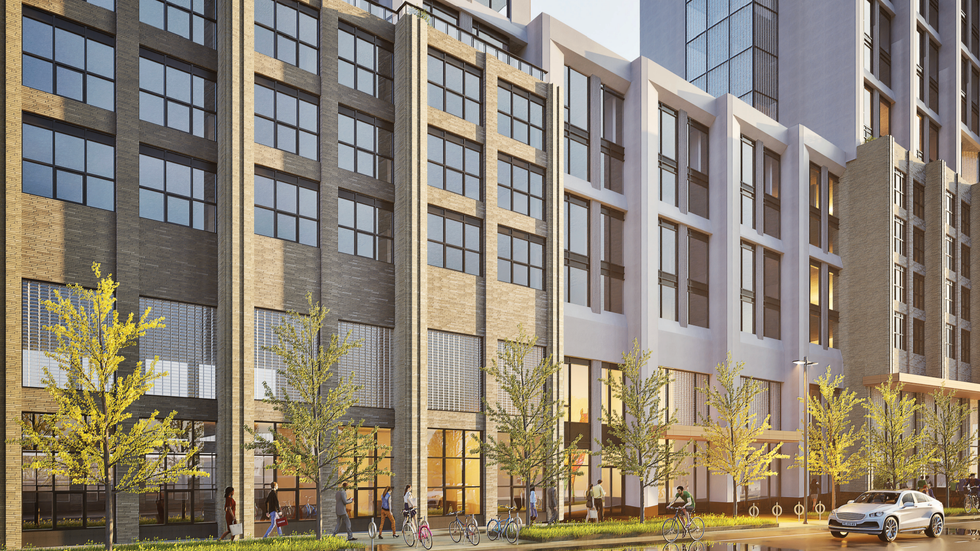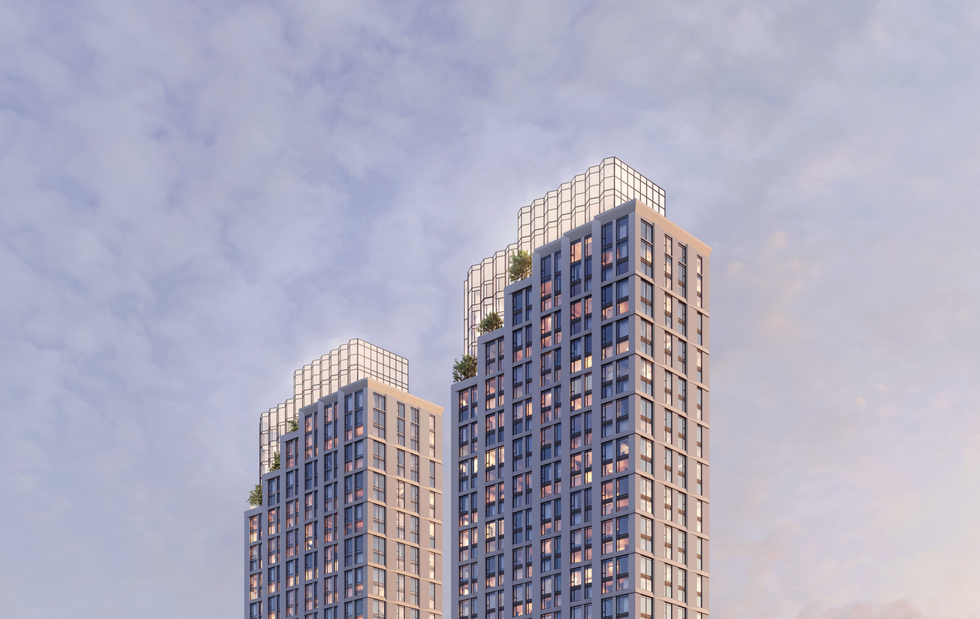Fixture Filing
Understand fixture filings in Canadian real estate — what they secure, how they’re registered, and their impact on property ownership and lending.

July 27, 2025
What is a Fixture Filing?
A fixture filing is a legal notice filed to register a lender’s security interest in fixtures: personal property that has become permanently attached to real property.
Why Fixture Filings Matter in Real Estate
In Canadian lending, fixture filings protect lenders’ rights to reclaim financed equipment or systems, such as HVAC units or industrial machinery, if a borrower defaults.
Key points:
- Filed under provincial Personal Property Security Acts (PPSA)
- Establishes lender priority over other claims
- Affects property title and sale transactions
Understanding fixture filings helps owners and buyers manage financing risks and title issues.
Example of a Fixture Filing in Action
The lender registered a fixture filing for the rooftop HVAC units installed in the commercial building.
Key Takeaways
- Secures lender interest in attached equipment
- Filed under PPSA for priority protection
- Common in commercial and industrial lending
- Must be addressed during property sales or refinancing
- Affects title and ownership rights
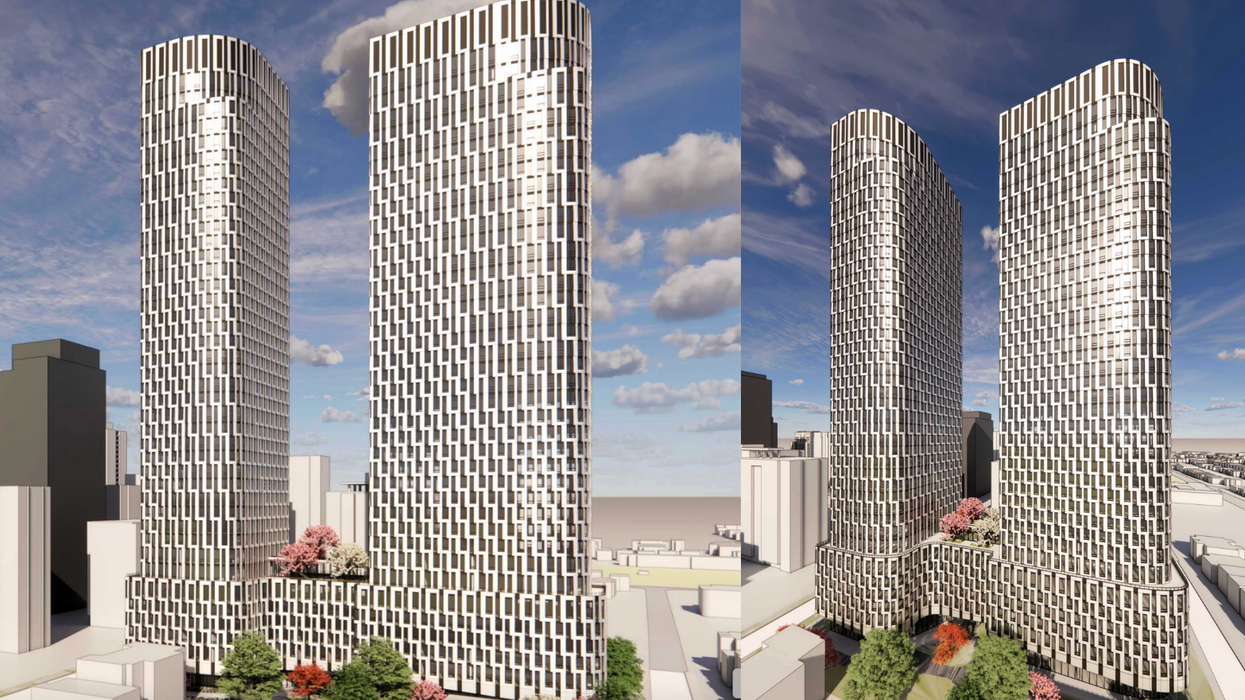
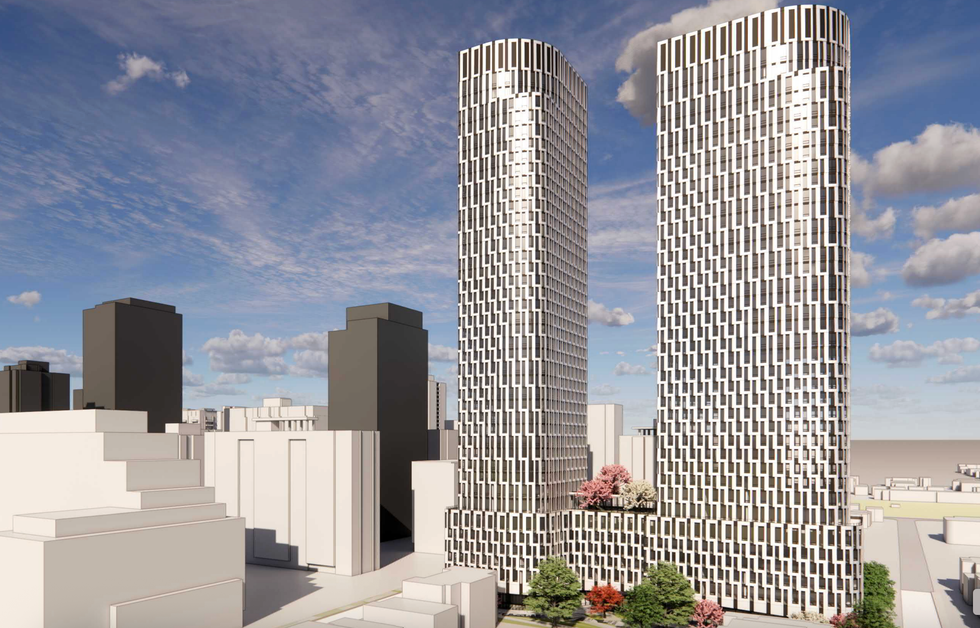

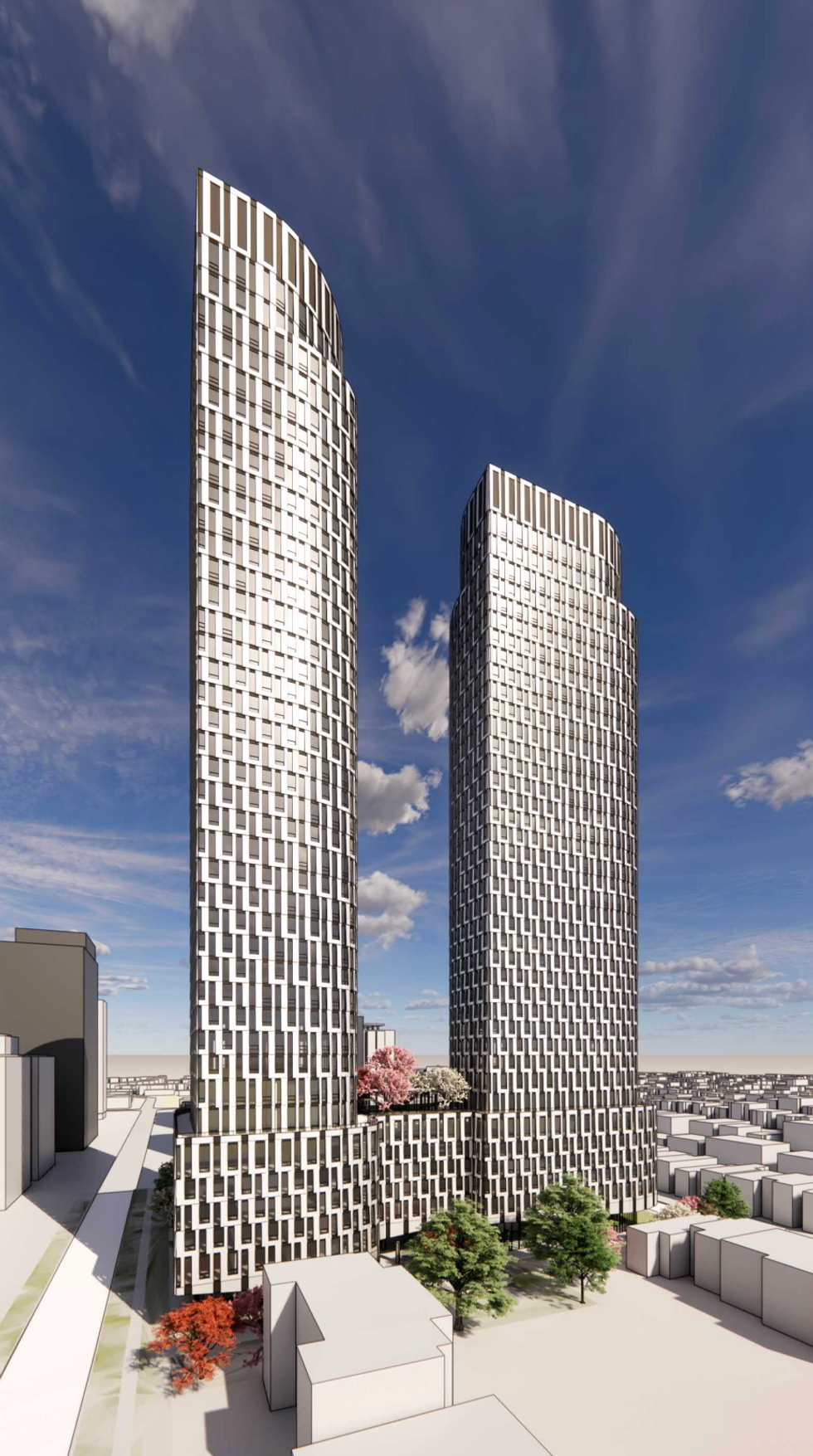
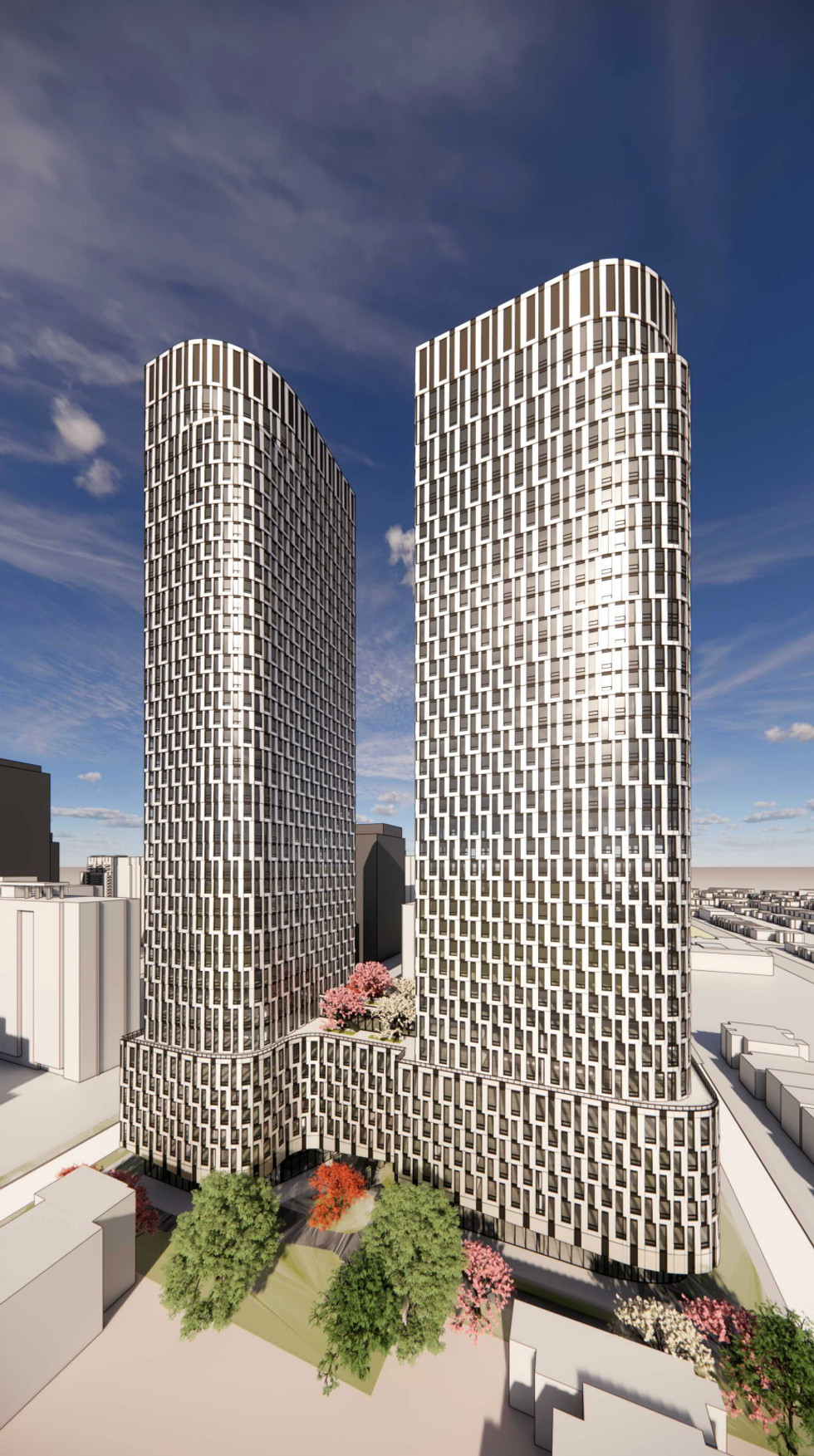
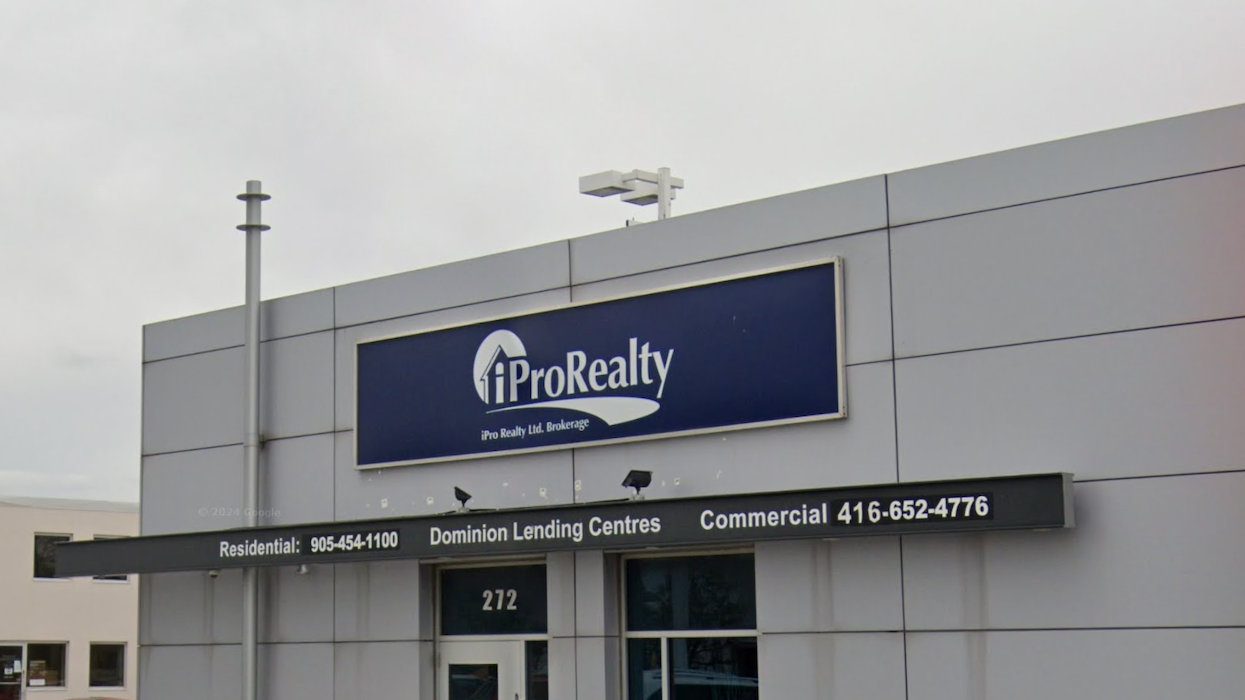

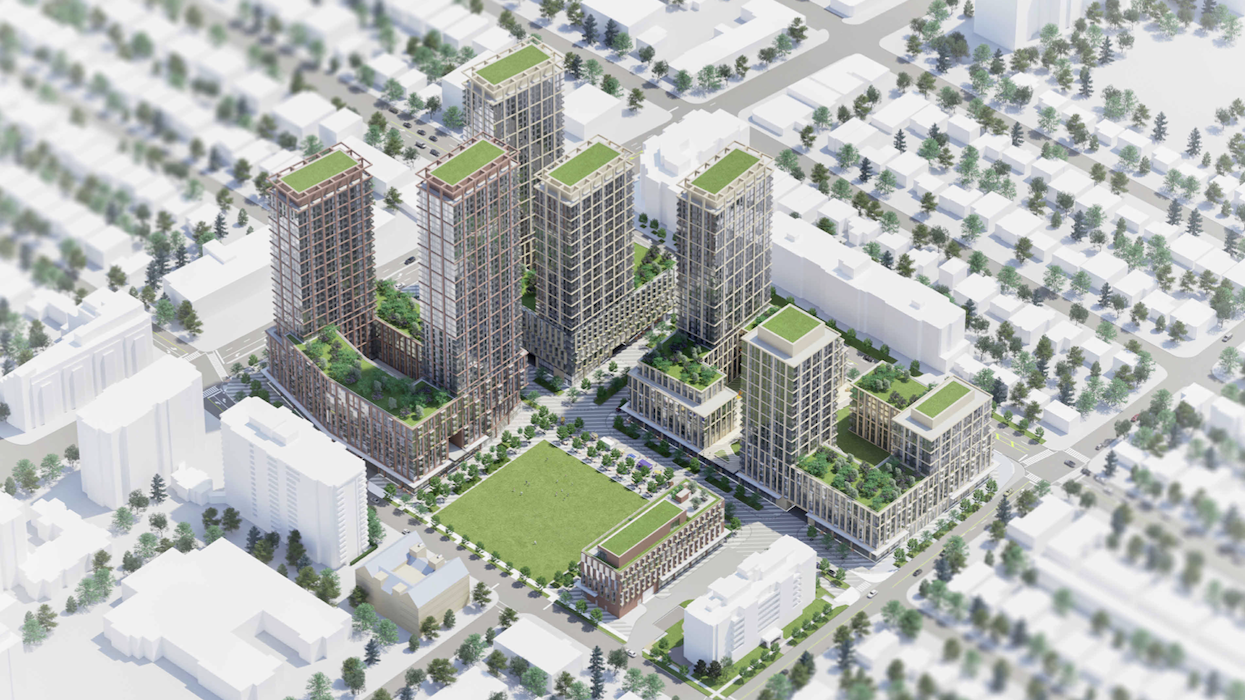
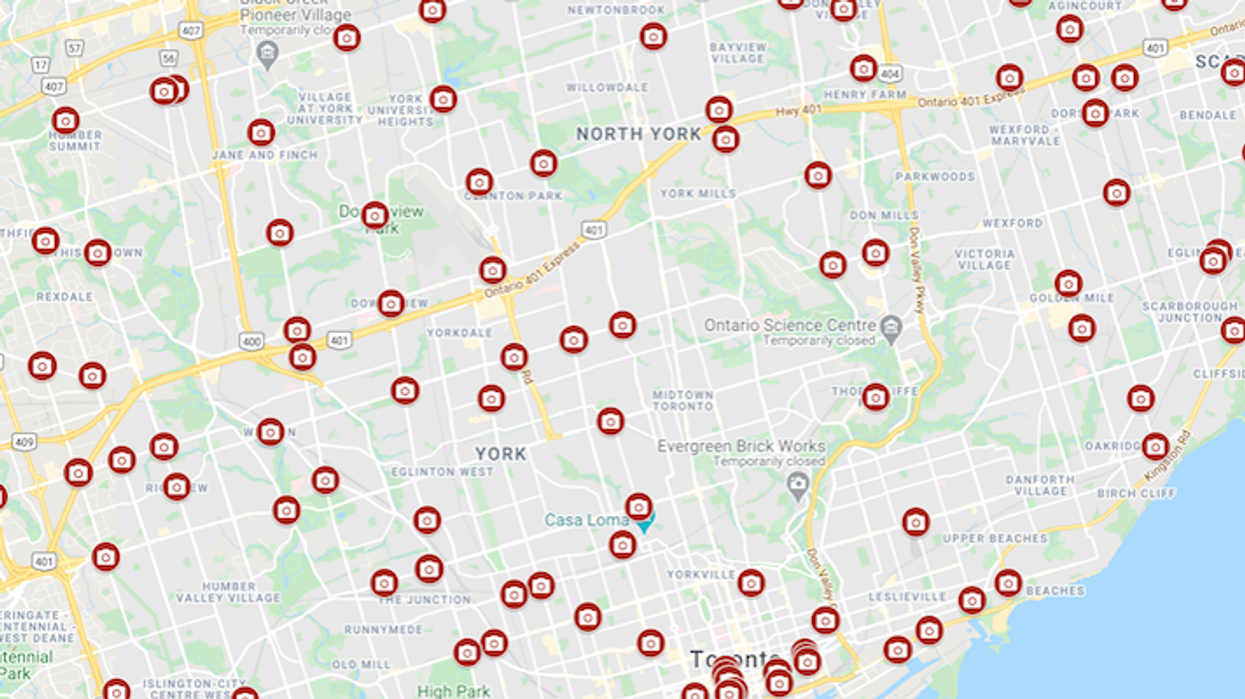
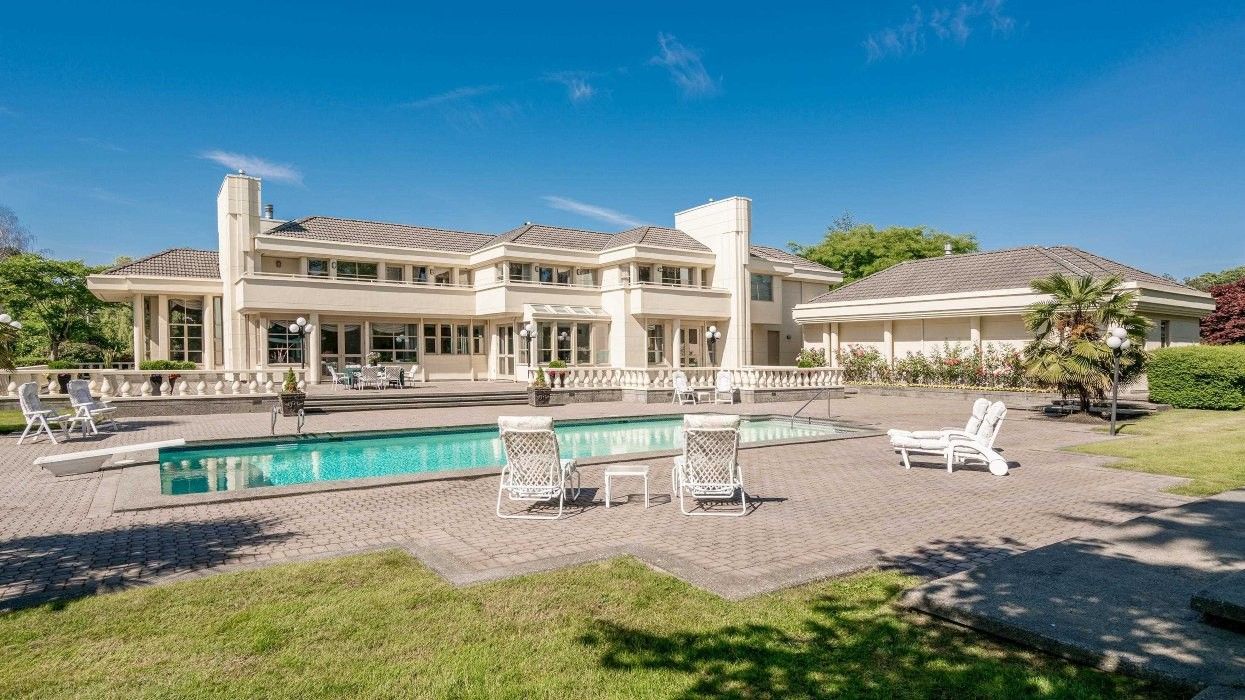
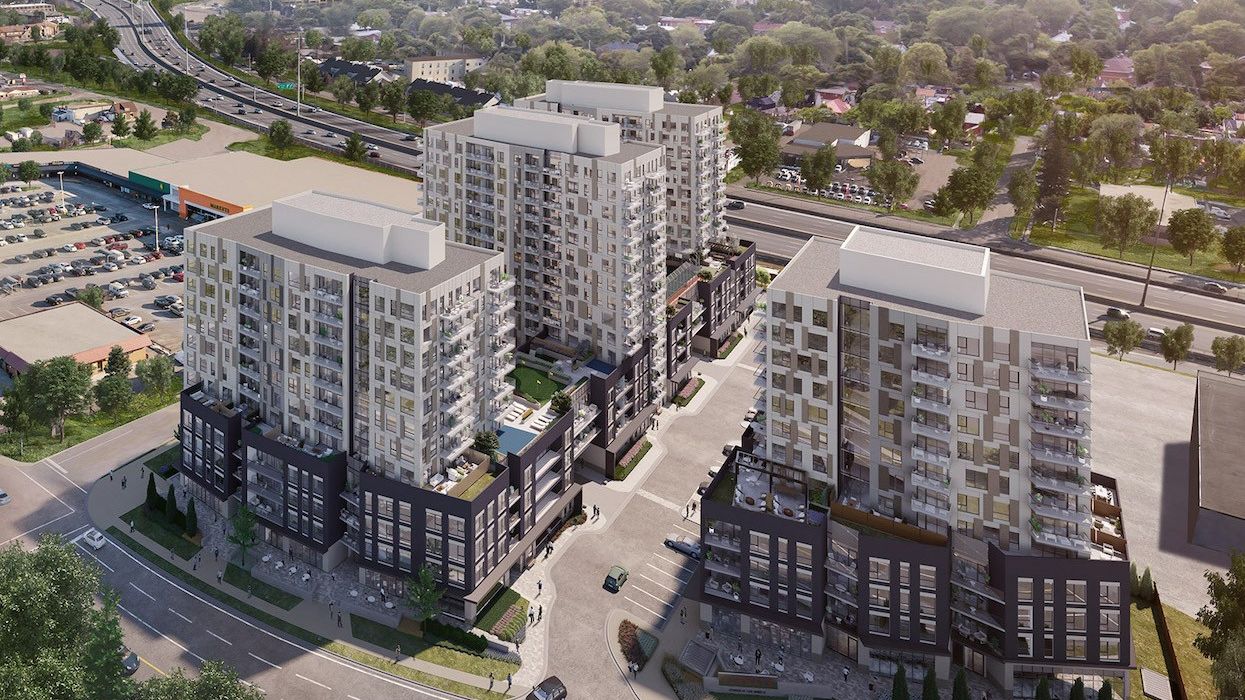

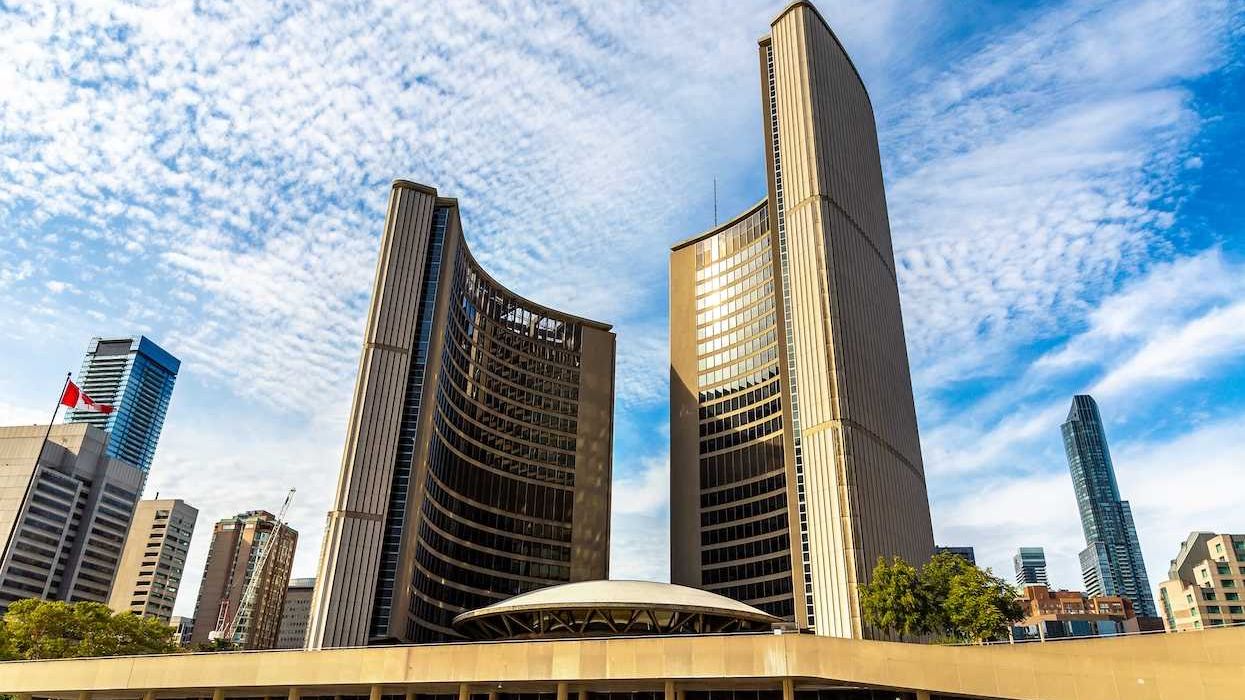
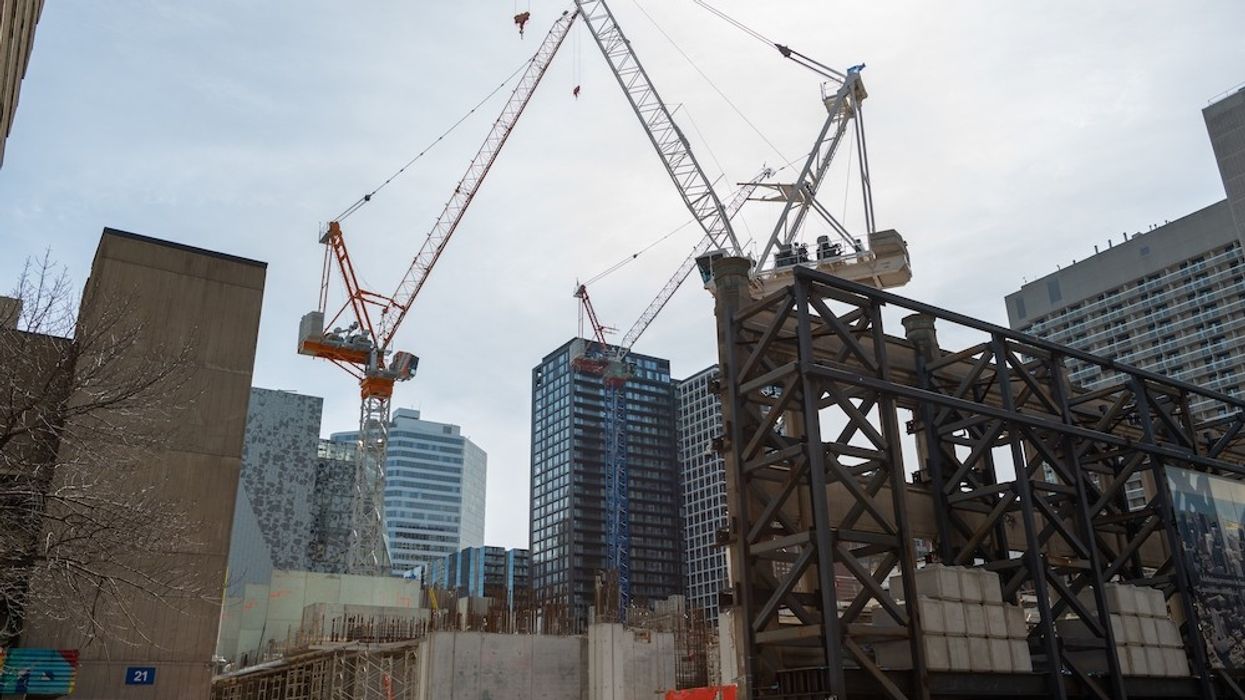

 Camcos Living
Camcos Living Shutterstock
Shutterstock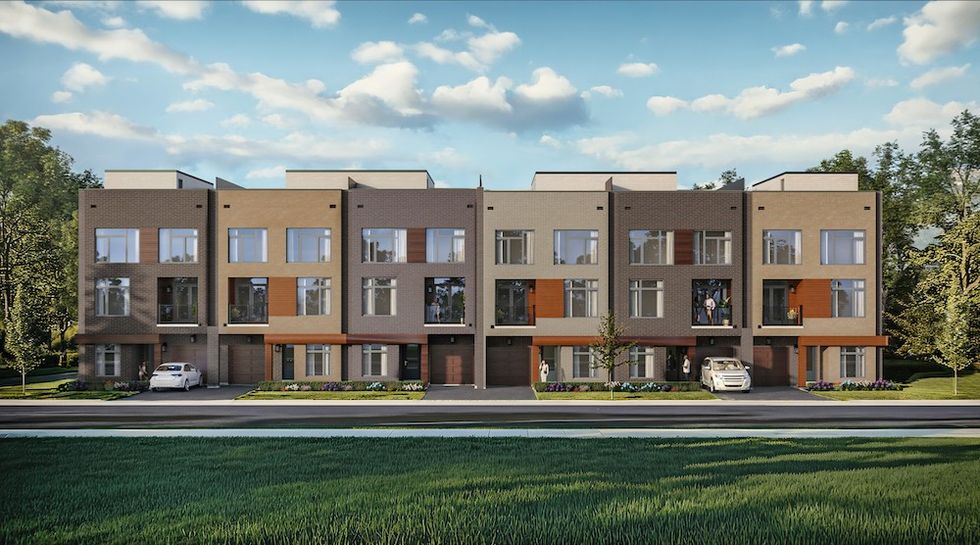 Little Rouge Block G/Camcos
Little Rouge Block G/Camcos Camcos Living
Camcos Living Camcos Living
Camcos Living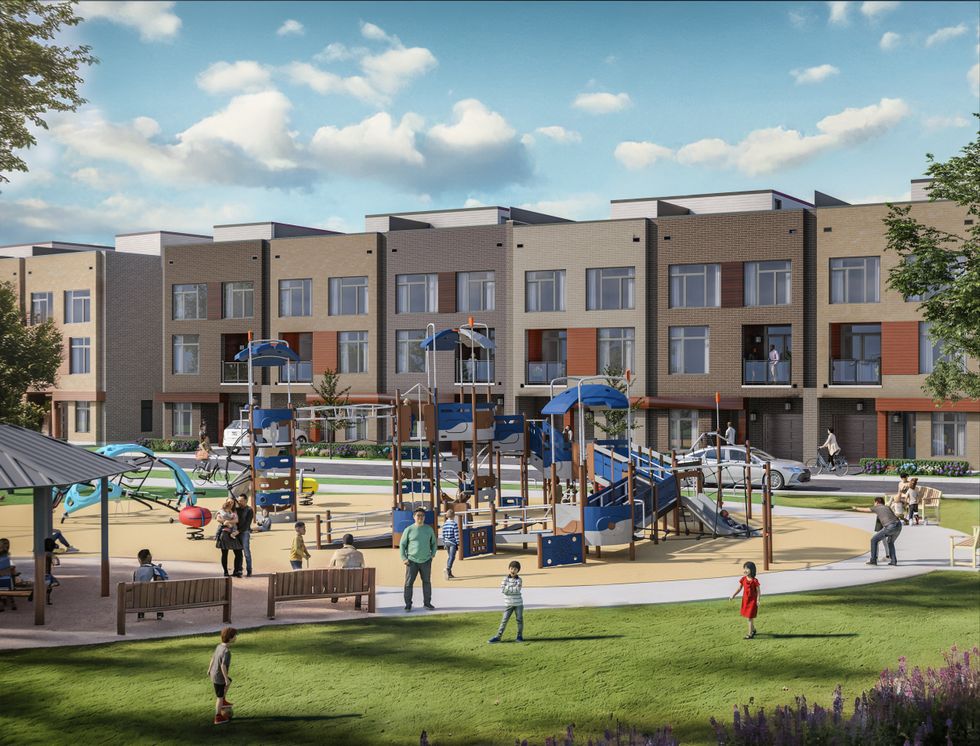 Camcos
Camcos
